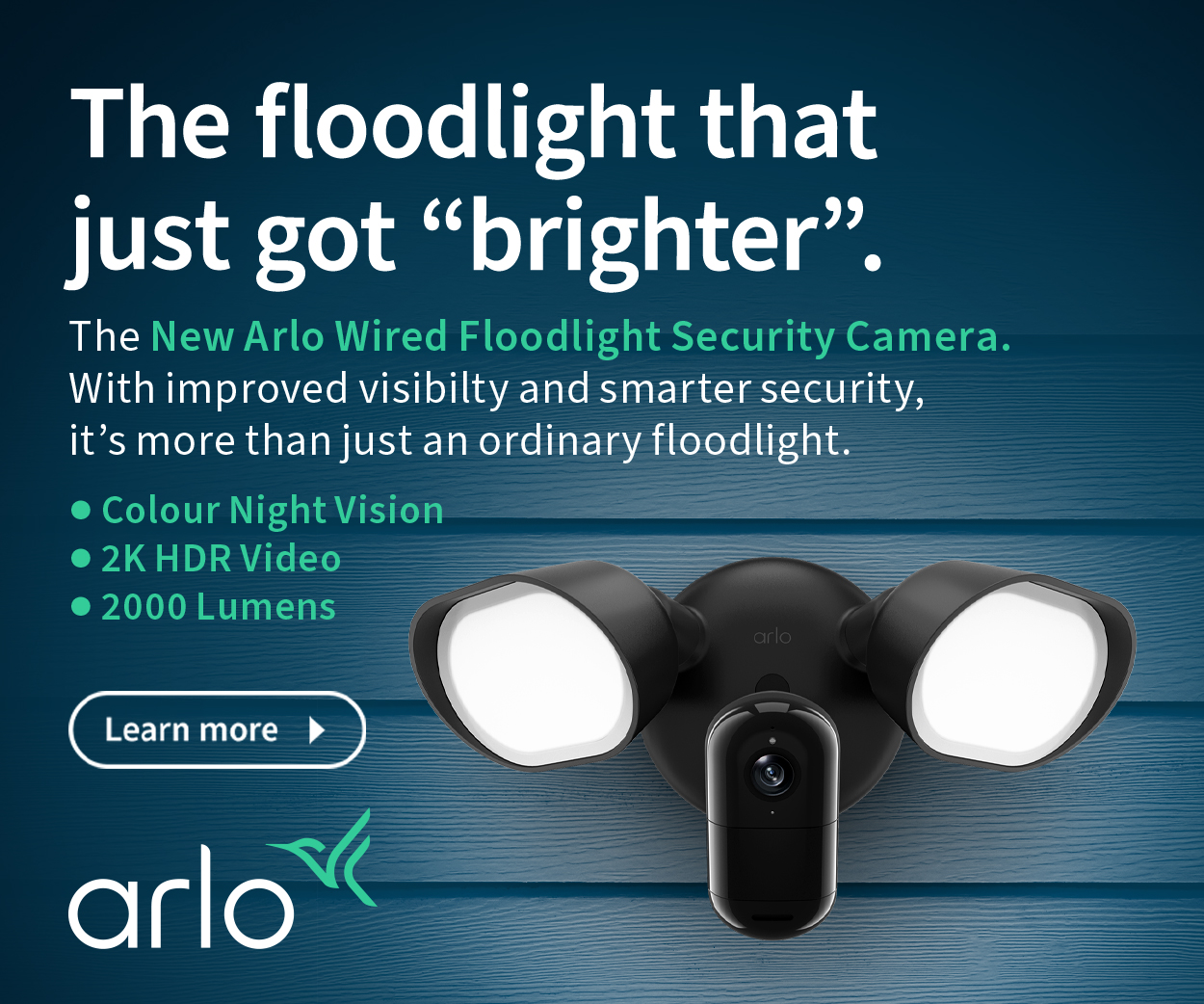Head to Head: iPhone 4S vs Samsung Galaxy SII
By Mike Wheeler
Unless you’ve been living on Mars, you’ll know that the ante has been upped in the Consumer Electronics space with Apple and Samsung going toe-to-toe both in the malls and courts around the world. They are having a knuckle-dragging, no-holds-barred, all-out brawl over patent issues as they vie for our hard-earned cash.
It’s understandable that Apple is protective of what it considers its intellectual property due to the lucrative slate/tablet market. Who can blame them for trying to protect a market that it helped create?
However, there is a different type of war brewing between the companies, this time it is the smartphone market. It could be argued that Apple started the ball rolling with its original iPhone back in 2008, but other mobile phone makers – including Samsung – have not been left dangling in the wind. And with the open platform Android mobile operating system taking off, things are only going to get more competitive.
So, with Apple about to release the iPhone 4S, and Samsung have recently announced its Galaxy SII, we decided to compare and contrast the devices.
Screen
The iPhone 4S has a 3.5-inch screen which has a 960×640 resolution, while the Samsung has a 4.3-inch WVGA Super AMOLED display. Although the iPhone’s screen is nice on the eye, the Galaxy’s is not only bigger, but sharper. 1-0 to Samsung.
Camera/video
Next is the camera. Both units come with an 8MP and a front camera, too, but the iPhone has a bit more functionality. Sure the Galaxy has image stabilisation and blink detection, but the iPhone also has a tonne of features such as face detection, tapping to focus, video stabilisation, LED flash, HD video and geotagging. 1-1.
Processor
Samsung’s unit uses the Dual-core 1.2GHz ARM Cortex-A9 processor, while the iPhone uses its dual-core A5 chip. This was one of those instances where the lay person would not be able to tell the difference. The only time you might have lag, or notice the unit not processing at its optimum speed, is if there are network issues, which is not the fault of the processor. Both these processors are pretty darn good. A draw – 2-2.
Size and weight
The iPhone comes is smaller in size, but the Galaxy is thinner. So if you like something that has a little less bulge in the pocket, then the Samsung is the one for you. However, if you want your mobile to fit more comfortably in your pocket, then it’s the iPhone. The iPhone weights 24gms more than its competitor, however overall, we think the iPhone has the better form factor…just. 2-3 to Apple.
Storage
You can buy the iPhone in 16GB, 32GB and 64GB configurations. The Galaxy only offers 16GB or 32GB memory, however there is also the option of a MicroSD card (up to 32GB). The outright price of the Galaxy is almost $850 while the 64GB iPhone is knocking on the door of $1000. Samsung wins in the storage stakes 3-3.
Battery
Apple’s device has 200 hours standby time, with up to 8 hours talk time on a 3G network. It offers video playback of up to 10 hours and audio playback of 40 hours. The Galaxy’s battery is a bigger, but doesn’t last quite as long in our tests. 3-4 to the iPhone.
Cost
As you would expect, there will be varying plans for both units. Outright costs are for the iPhone 4S between $799-$999 (16GB, 32GB and 64GB), while the Galaxy SII $849. However, as mentioned, the Galaxy offers better value for money with storage. 4-4.
Apps
Eighteen months ago, this would have been a shoe-in for Apple, with hundreds of thousands of applications available for the iPhone. Yet, with the open source nature of Android, app developers have been devising new applications by the tens of thousands since then. Upside and downside for Apple is that their apps have to meet stringent standards – good in that it stops dodgy apps appearing, bad in that sometimes Apple are overzealous with which ones they dump. The down side for Android is that there is no vetting, so some apps could be suspect. However, the Android wins out by a very slim margin – nothing like freedom of choice.
Final result – Galaxy S II 5, iPhone 4.
Overall, this exercise has gone some way to proving what we have thought all along – there is not much difference between the handsets. What is probably the deciding factors for consumers is not so much what is under the bonnet, but their brand preference and what plans the telcos have on offer.
Brought to you by CyberShack.com.au







